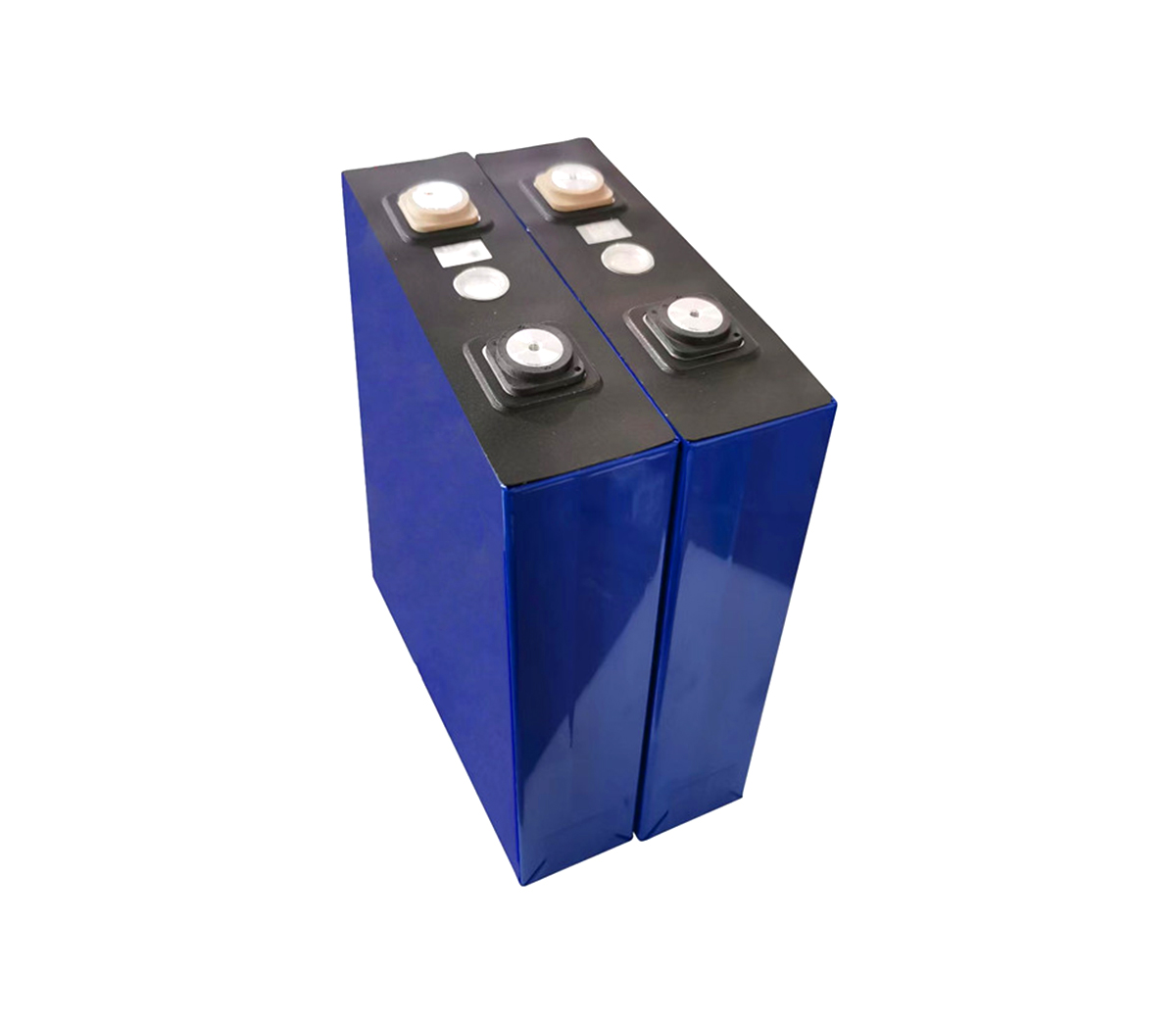The development status of BMS Lithium battery development
Due to the complexity of the structure and model, the SOC characteristics
of lithium batteries are affected by many uncertain factors, such as charge and
discharge rate, temperature, and number of charge and discharge. Therefore, how
to accurately estimate the SOC based on measurable parameters is current
Problems that need to be solved urgently.
The first thing that BMS solves is the safety problem. It needs to
have:
1) Overcharge protection, that is, the charging needs to be terminated in
time when the voltage exceeds the standard.
2) Over-discharge protection, that is, the discharge is terminated when the
voltage of any cell in the group is lower than the over-discharge threshold.
3) Over-current and short-circuit protection, the main function is that
when an accident causes an excessive discharge current or even a short-circuit,
the output can automatically shut down and enter the self-locking state.
At present, these basic protection functions can be realized by
professional lithium battery protection chips, such as dedicated lithium battery
protection ICs such as TI and Linear Technology. Balance is the core issue of
battery management, and research at home and abroad is very active. The specific
realization method of balance can be divided into dissipative type and
non-dissipative type according to the energy processing method. Dissipative
balance is achieved by consuming excess energy in parallel bypass shunt
resistors at both ends of the battery. This method has simple implementation and
cost The advantages of low cost, but there are thermal management problems.
Non-dissipative equalization refers to the transfer of energy between the cells
in the battery pack to achieve equilibrium. This equalization method has a
variety of circuit topologies, but it often has problems such as complex
circuits, low equalization efficiency, and slow equalization speed. This limits
its use in large-capacity fields such as electric vehicles and energy storage.
Due to the complexity of the structure and model of the lithium battery, its SOC
characteristics are affected by many uncertain factors, roughly including charge
and discharge rate, temperature, and charge and discharge times. Therefore, how
to accurately estimate the SOC based on measurable parameters is current
Problems that need to be solved urgently. At present, the commonly used SOC
estimation methods in the industry include the discharge method, the ampere-hour
integration method, the open circuit voltage method, and the Kalman filter
method. The discharge test method is to discharge the battery at a constant
current and count the discharged electricity until the terminal voltage reaches
the discharge cut-off voltage. This method is relatively reliable and is
suitable for different types of batteries; but the main disadvantage is that the
test process is long and cannot be estimated online in real time. Therefore,
this method is generally used to determine battery model parameters. The
ampere-hour integral method calculates the SOC by calculating the capacity that
flows into or out of the battery during charging and discharging within a period
of time. After calculating the SOC value, it is compensated according to the
environmental temperature and the charging and discharging rate. This method has
the problems of integral cumulative error and initial value prediction. The open
circuit voltage method uses the corresponding relationship between the open
circuit voltage of the battery and a certain curve of the SOC to estimate the
SOC. However, in order to measure the open circuit voltage, it takes a long time
to eliminate the self-recovery effect of the battery. Therefore, the open
circuit voltage method cannot estimate the SOC in real time, but it can provide
the initial SOC value for other algorithms. Kalman filter is a method to solve
the filtering problem in discrete equations through recursive iteration. It can
estimate the current state value through recursion based on the state at the
previous moment. Therefore, we can use the last state parameter of the battery
to estimate the current working state, that is, the battery current, working
temperature and other parameters are used as the input of the system, the SOC is
the state parameter, the battery voltage is the output, and the Kalman filter is
used to perform the lithium battery SOC. Estimate. At present, the Kalman
filtering method is still at the stage of theoretical simulation, and there are
few reports on practical applications. The current BMS system mainly uses
analog/digital temperature sensors to monitor the temperature, and the
thermistor can be used for cost-constrained occasions.
At present, the United States, Japan and Germany are in the forefront of
the world in terms of BMS research and productization. A123System of the United
States first developed an iron-lithium energy storage system and built the
world's largest 32MWh lithium-ion energy storage power station in 2011. At
present, domestic research in the field of BMS for energy storage power stations
has also begun. For example, the dedicated BMS for energy storage power stations
produced by Ligao uses a three-level architecture to achieve battery monitoring,
which can be used for large, medium and small energy storage power stations.


































